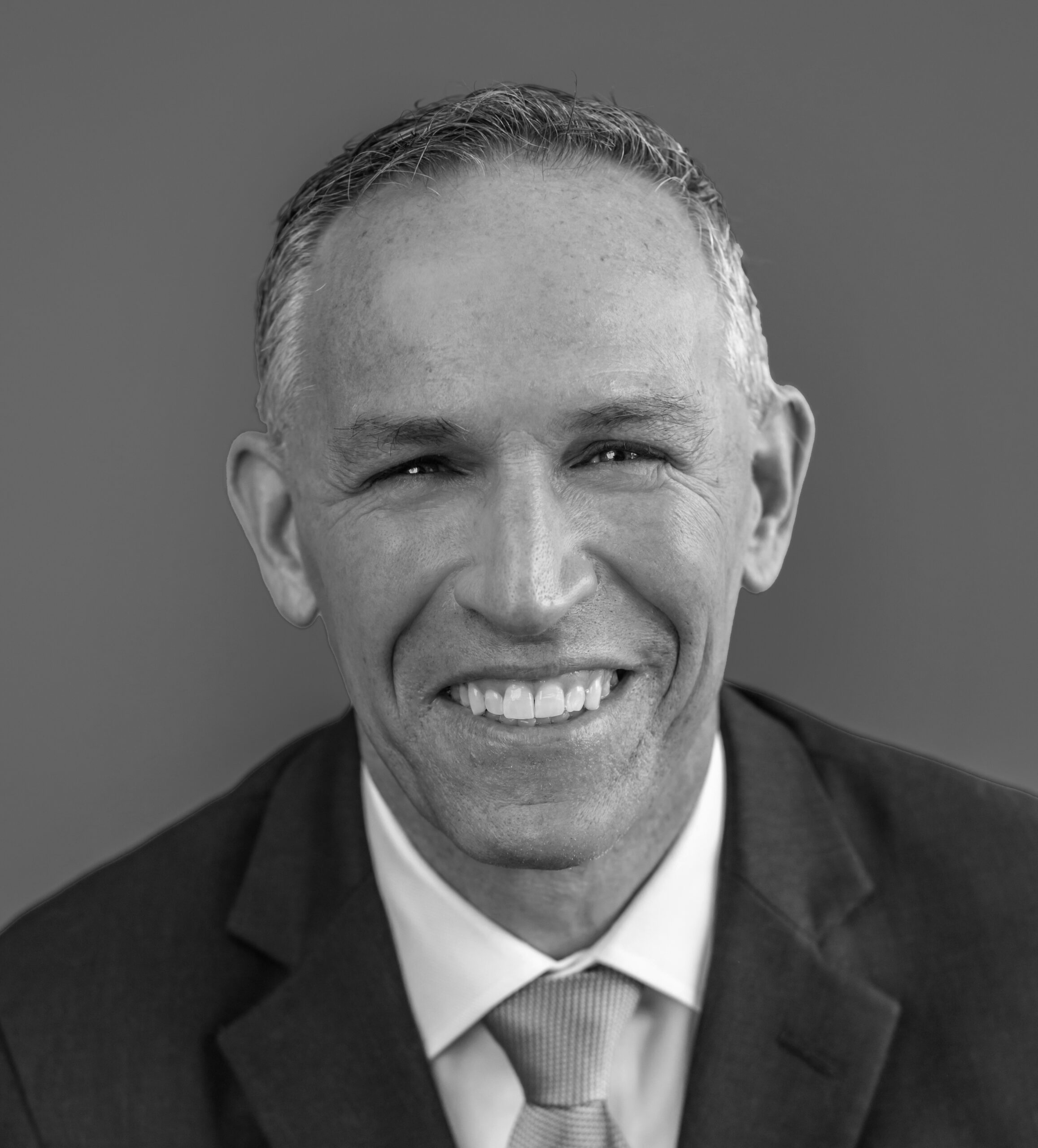The U.S. Department of Labor’s Wage and Hour Division (WHD) has published new guidance to help workers and employers understand how the Fair Labor Standards Act (FLSA), the Family and Medical Leave Act (FMLA), and the Families First Coronavirus Response Act (FFCRA) impact the workplace as businesses continue to reopen.
The new guidance provides a 97 Questions and Answers resource about paid sick and expanded family and medical leave under the FFCRA. The Q&A addresses critical issues under all three laws including, for example, what to do when an employee claims he or she cannot work due to a school closing:
Q 91: My employees have been teleworking productively since mid-March without any issues. Now, several employees claim they need to take paid sick leave and expanded family and medical leave to care for their children, whose school is closed because of COVID-19, even though these employees have been teleworking with their children at home for four weeks. Can I ask my employees why they are now unable to work or if they have pursued alternative child care arrangements?
You may require that the employee provide the qualifying reason he or she is taking leave, and submit an oral or written statement that the employee is unable to work because of this reason, and provide other documentation outlined in section 826.100 of the Department’s rule applying the FFCRA. While you may ask the employee to note any changed circumstances in his or her statement as part of explaining why the employee is unable to work, you should exercise caution in doing so, lest it increase the likelihood that any decision denying leave based on that information is a prohibited act. The fact that your employee has been teleworking despite having his or her children at home does not mean that the employee cannot now take leave to care for his or her children whose schools are closed for a COVID-19 related reason. For example, your employee may not have been able to care effectively for the children while teleworking or, perhaps, your employee may have made the decision to take paid sick leave or expanded family and medical leave to care for the children so that the employee’s spouse, who is not eligible for any type of paid leave, could work or telework. These (and other) reasons are legitimate and do not afford a basis for denying paid sick leave or expanded family and medical leave to care for a child whose school is closed for a COVID-19 related reason.
This does not prohibit you from disciplining an employee who unlawfully takes paid sick leave or expanded family and medical leave based on misrepresentations, including, for example, to care for the employee’s children when the employee, in fact, has no children and is not taking care of a child.
DOL Provides Additional Compliance Tools
The DOL guidance also provides additional compliance assistance materials published by WHD, including:
- Fact Sheet for Employees;
- Fact Sheet for Employers;
- Two posters, one for federal workers and one for all other employees, that fulfill notice requirements for employers obligated to inform employees about their rights under the FFCRA; and
- Questions and Answers about posting requirements and simple Quick Benefits Tips to determine how much paid leave workers may take under the FFCRA.
WHD provides additional information on common issues employers and employees face when responding to COVID-19 and its effects on wages and hours worked under the Fair Labor Standards Act and job-protected leave under the Family and Medical Leave Act at https://www.dol.gov/agencies/whd/pandemic.
Conclusion
The number of COVID-19 positive cases continues to rise. This poses additional compliance challenges for employers as businesses try to reopen and stay open. The USDOL’s new guidance provides helpful materials regarding the federal laws impacted by COVID-19 including, but not limited to, the FFCRA. Employers should review these materials and stay informed of any compliance updates. Of course, it is always wise to contact legal counsel for guidance when COVID-19 issues arise.
As always, please let me know if I can help.
Kenneth Winkler, a shareholder at Berman Fink Van Horn, helps employers navigate the employment laws and regulations that govern the workplace.

